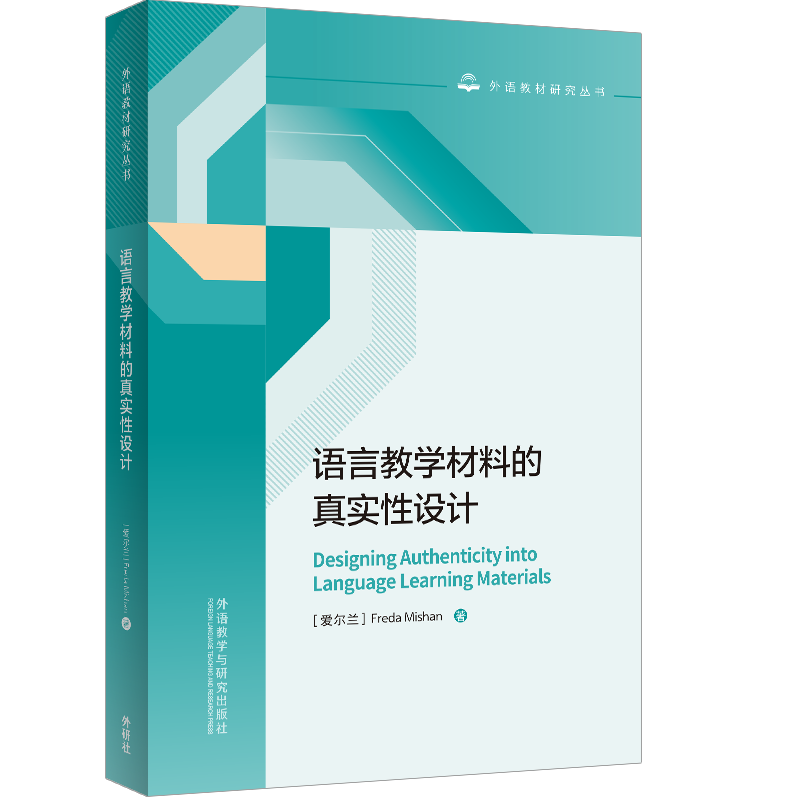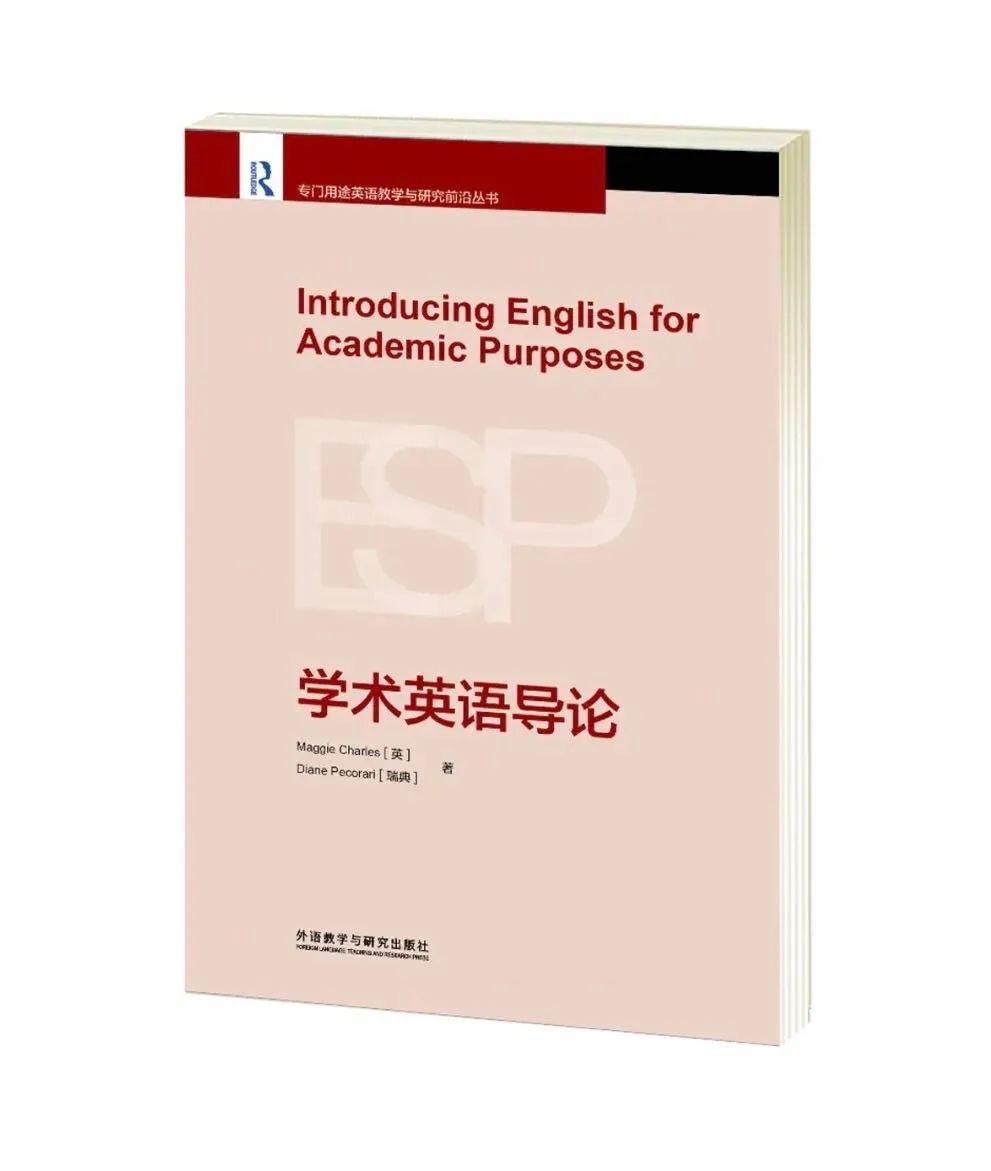发布时间:2023-12-27 14:37浏览数:642评论数:0 收藏
真实的文本,就是现实中由真实的说话人或作者为真实的听众或读者产出的、用于传达某种真实信息的文本(Morrow 1988:13)。在外语教学中是否应该尽可能地多使用真实文本?Mishan(2005)在《语言教学材料的真实性设计》(Designing Authenticity into Language Learning Materials)一书中用“3Cs”总结了支持使用真实文本的三个理由:
1)文化性(culture):真实文本包含且代表着目标语文化。
2)现时性(currency):真实文本提供当下正在使用的,以及与学习者相关的话题和语言。3)挑战性(challenge):真实文本本质上更具有挑战性,但可以用于各个水平的学习者。
Charles & Pecorari(2016)结合学术英语教学,梳理了使用真实文本的优缺点,其中缺点包括:
1)仅有真实性并不能保证文本适用于课堂教学目标。教师需要将文本置于课堂环境中,而且文本需要适用于学习者以及课堂学习目标。
2)教师在找寻合适的真实文本的过程可能尤其耗时费力。
3)相比真实文本,改编后的文本可以提供大量的目标语言特征用例,可以提高学习者接触目标特征的几率。
本期特别呈现Mishan(2005)从图式理论(schema theory)角度对使用真实文本合理性的阐述,以及Charles & Pecorari(2016)在学术英语教学领域对使用真实文本优缺点的梳理,以飨读者。
上述观点取自下列图书,欢迎关注!


Freda Mishan 教授 专家简介
The relevance of schema theory to language learning is, to put it briefly, that it offers a psycholinguistic explanation for what can be misconstrued as linguistic misunderstandings. The concept comes from the field of psychology, where schemata are defined as ‘cognitive networks that encapsulate our expectations regarding more or less standardised situations and/or more or less standardised types of discourse’ (Edmonson 1997: 51). Schemata may thus be conceived as structured groups of concepts which constitute generic knowledge about events, scenarios, actions, or objects that has been acquired from past experience. Schemata are culture-specific and to some extent idiosyncratic since these concepts are formed within an individual’s mind influenced by his/her own cultural background and through his/her personal experience. They are, then, an individual’s notional representation of social/behavioural norms and phenomena which s/he has constructed during the process of acculturation into his/her own culture. When processing language input, the reader/listener effectively ‘maps’ the input against an existing schemata that is compatible with the incoming information. The classic illustration of how schemata work comes from Collins and Quillian (1972):
The policeman held up his hand and stopped the car.
Layer upon layer of implicit information comes into play in the comprehending of this sentence; a knowledge of the mechanics of a car (which has a braking system to stop it); an assumption that there was a driver inside the car who operated the system; acquaintance with conventions regarding traffic control and the role a policeman might play in it, and so on. The knowledge required to understand this sentence might be termed a ‘traffic cop schema’ (Carrell and Eisterhold 1988: 77-78). The sentence would be interpreted via an entirely different schemata, however, if the policeman were known to be Superman (ibid.). Comprehension thus emerges through an interactive and cyclical process occurring between the reader’s background knowledge and the text (Carrell and Eisterhold 1988: 76). This process is far more vigorous in the case of the non-native speaker-reader who is in the process of creating new sets of schemata for his/her new linguistic culture. New schemata are built up through a process of continual revision as new input is compared to what has previously been conceived.
Schemata include abstract notions such as behavioural norms and so on, as well as more concrete ones such as lexical terms referring to administrative, political and social systems. The most accessible ones are obviously those having lexical representations. The cultural specificity of these is evidenced by the fact that they are often so difficult to translate that they are used in the original—an example being the Irish word craic, which has recently come into currency in British English. The complexities of its usage mean there is no single-word equivalent in English: ‘When learners acquire an understanding of the connotations of lexical items in the foreign language and contrast them with connotations of an apparently equivalent item in their own, they begin to gain insight into the schemata and perspectives of the foreign culture’ (Byram et al. 1994: 44). This experience is potentially ‘disconcerting’ (Byram et al. 1994: 26), since discovering new ways of conceptualising experience entails ‘unpicking’ and challenging one’s own culture-specific schemata.
The concept of schemata, therefore, helps rationalise psycholinguistic sources of misunderstandings: ‘Failures to access appropriate schemata (i.e. comprehend) are often interpreted solely as deficiencies in language processing skills’ (Carrell and Eisterhold 1988: 82). Nunan, for instance, cites a study which found a lack of appropriate background knowledge to be a more significant factor in the ability of L2 learners to understand school texts than linguistic complexity (measured by various readability formulae) (Nunan 1991: 5). The importance of cultural background to comprehension helps explain why for example, one of my groups of advanced level Japanese students initially had difficulties comprehending a passage from the Roddy Doyle’s novel Paddy Clarke Ha Ha Ha where the young protagonist’s father pretends to talk to Father Christmas by shouting up the chimney (in Doyle 1993: 33). The students were acquainted with the Father Christmas tradition, as it has been adopted to some extent in Japan, but were apparently not familiar with the use of the chimney as Father Christmas’s traditional mode of entry into houses. In the now-famous study by Steffensen and Joag-Dev (1984), subjects from two ethnic groups, Indian and American, were found to make various errors when asked to recall two parallel reading texts describing Indian and American weddings, even though they were highly proficient readers. Comprehension, it was concluded, is a function of cultural background knowledge, i.e. schemata, as well as linguistic competence.
Schema theory, in brief, gives a psycholinguistic interpretation to the role of cultural knowledge in the learning and understanding of the target language. The emphasis it places on acquiring knowledge of the target language culture is one of the strongest arguments for the use of authentic texts which incorporate this cultural information.
节选自《语言教学材料的真实性设计》(Designing Authenticity into Language Learning Materials)第三章3.1.1节 Schema Theory,略有删减。
Maggie Charles, Diane Pecorari 专家简介
There are two major arguments that proponents of using authentic texts put forward. First, and most importantly, there can be substantial differences in linguistic, pragmatic and discoursal features between the language of specially constructed texts and that used in examples of real academic discourse. Certain features may be over- or under-represented, completely lacking or even misrepresented when compared with authentic texts. This is because academic texts arise from and are embedded within specific disciplinary contexts; in terms of both content and structure, they form part of what is sometimes called an ongoing ‘conversation of the discipline’. As specially written materials do not emerge from this disciplinary context, they rarely reflect the features of academic discourse accurately. Many students, especially at pre-study or undergraduate level, have no other access to academic discourse except through their EAP materials, so it is vital that these reflect as closely as possible the discourse that they will encounter at university. It is argued that without a basis in authentic texts, there is a high risk that the materials will fail to meet the real-world communicative needs of the learners.
To counter these arguments, critics of the use of authentic texts point out that authenticity alone does not guarantee suitability for teaching purposes. Texts need to be contextualized within the classroom setting and must be appropriate for the learners and the learning aims of the class. A further, more practical point is that finding appropriate authentic materials can be extremely difficult and time-consuming. As Swales (2009b) points out, input texts must exemplify the target language in terms of genre and linguistic structure and be relevant, accessible and engaging in content, a highly demanding set of criteria to fulfil. In support of specially written materials, advocates also argue that constructed texts have the potential to provide a high density of examples of a target feature, thus giving the learner the key advantage of increased exposure to the feature studied.
The second major argument in favor of authentic texts for EAP learners is that they are considered to be intrinsically motivating. Where students have a specific academic goal in mind, they are likely to see the immediate relevance of texts that arise out of the academic and disciplinary context of their studies. Against this, it is argued that many authentic texts are neither interesting nor engaging in themselves and that they are often too difficult for lower-level learners, who may not be able to cope with the vocabulary requirements, or for pre-study learners, who may lack the necessary background in the discipline. In such circumstances, the use of authentic materials could certainly be a demotivating factor. However, it can be argued that by confronting learners with authentic but difficult texts, EAP teachers can help them not only to become more aware of the required level of English, but also to develop strategies for coping with these demands.
节选自《学术英语导论》(Introducing English for Academic Purposes)第六章第1节Authenticity of Materials。